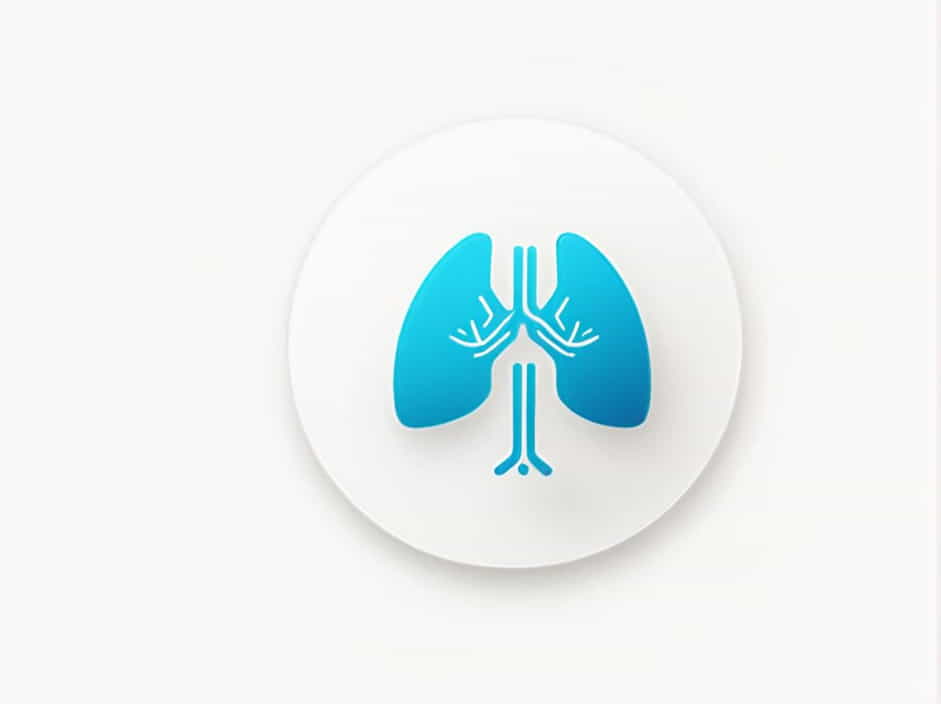The respiratory climacteric effect is a crucial physiological phenomenon observed in certain fruits during ripening. This effect refers to a sudden increase in respiration rate before the fruit reaches full ripeness. It plays a significant role in determining the shelf life, flavor, and texture of fruits.
Plant growth regulators (PGRs) are responsible for controlling various aspects of plant growth, including fruit ripening. Among these regulators, ethylene is the primary PGR that triggers the respiratory climacteric effect in climacteric fruits. However, other PGRs, such as auxins, gibberellins, and abscisic acid, also influence respiration and ripening processes.
This topic explores the respiratory climacteric effect, the role of ethylene and other PGRs, and their impact on fruit ripening and storage.
What Is the Respiratory Climacteric Effect?
The respiratory climacteric effect is characterized by a sharp increase in oxygen consumption and carbon dioxide production as fruits approach ripening. This surge in respiration is associated with increased enzyme activity and biochemical changes that lead to:
-
Softening of the fruit
-
Breakdown of starch into sugars
-
Color change
-
Aroma and flavor development
Fruits that exhibit this pattern are classified as climacteric fruits, while those that do not undergo this respiratory peak are called non-climacteric fruits.
Climacteric vs. Non-Climacteric Fruits
Climacteric Fruits
These fruits show a significant increase in respiration and ethylene production during ripening. Some examples include:
-
Banana
-
Apple
-
Mango
-
Tomato
-
Avocado
-
Papaya
Climacteric fruits can continue ripening after being harvested, making them easier to store and transport before they reach full maturity.
Non-Climacteric Fruits
These fruits do not exhibit a sharp respiratory increase during ripening. Instead, they rely on external factors for maturation. Examples include:
-
Grapes
-
Strawberries
-
Citrus fruits (oranges, lemons)
-
Pineapple
Non-climacteric fruits must be harvested when fully ripe, as they do not ripen significantly after being picked.
Ethylene: The Key PGR Responsible for Respiratory Climacteric Effect
Role of Ethylene in Fruit Ripening
Ethylene (C₂H₄) is a gaseous plant hormone that acts as the primary trigger for the respiratory climacteric effect. It is naturally produced by fruits and other plant tissues, initiating a cascade of biochemical reactions that lead to ripening.
How Ethylene Influences Respiration
-
Ethylene production increases before the respiratory peak, signaling the onset of ripening.
-
It activates enzymes such as pectinase and amylase, which soften the fruit and convert starches to sugars.
-
It enhances carotenoid synthesis, leading to color changes in fruits like tomatoes and bananas.
-
Ethylene regulates aroma production, contributing to the characteristic scent of ripe fruit.
-
It stimulates higher oxygen consumption and carbon dioxide release, leading to the respiratory burst.
Ethylene Synthesis Pathway
Ethylene is synthesized in plants through the Yang Cycle, involving two key enzymes:
-
ACC Synthase (ACS): Converts methionine into 1-aminocyclopropane-1-carboxylic acid (ACC).
-
ACC Oxidase (ACO): Converts ACC into ethylene gas.
As fruits ripen, ACS and ACO activity increase, leading to a rapid rise in ethylene levels and triggering the respiratory climacteric effect.
Other PGRs That Influence the Respiratory Climacteric Effect
Although ethylene is the main regulator of climacteric respiration, other plant growth regulators (PGRs) also play a role in modulating fruit ripening.
1. Auxins (Indole-3-Acetic Acid – IAA)
-
Stimulates early fruit development but delays ripening by suppressing ethylene production.
-
In some fruits, auxins maintain fruit firmness by inhibiting pectinase activity.
-
Synthetic auxins like 2,4-D and NAA are used commercially to delay ripening.
2. Abscisic Acid (ABA)
-
Plays a dual role, sometimes promoting ethylene biosynthesis in climacteric fruits.
-
Helps regulate sugar accumulation and color changes in fruits like tomatoes and peaches.
3. Gibberellins (GAs)
-
Delays the onset of ethylene production and the climacteric rise in respiration.
-
Used commercially to extend the shelf life of fruits like grapes and bananas.
4. Cytokinins
-
Promote cell division and fruit enlargement but have little direct effect on the climacteric peak.
-
Can extend storage life by delaying senescence in non-climacteric fruits.
Commercial Applications of PGRs in Fruit Ripening
Since ethylene controls the respiratory climacteric effect, it is widely used in commercial fruit ripening. Some common practices include:
1. Ethylene-Induced Ripening
-
Ethylene gas is used to ripen bananas, tomatoes, and avocados after harvesting.
-
Ethephon (ethylene-releasing compound) is sprayed on fruits like mangoes to speed up ripening.
2. Ethylene Inhibitors to Delay Ripening
-
1-Methylcyclopropene (1-MCP) blocks ethylene receptors, delaying fruit ripening and extending storage life.
-
Used in apples, kiwis, and avocados to maintain freshness.
3. Synthetic Auxins for Storage Management
-
Naphthalene Acetic Acid (NAA) is applied to apples and pears to prevent premature fruit drop.
-
2,4-D is used to prolong the green life of citrus fruits.
Impact of the Respiratory Climacteric Effect on Post-Harvest Storage
The rate of respiration and ethylene production directly influences the shelf life and quality of fruits. Here’s how the climacteric effect impacts post-harvest handling:
| Factor | Impact on Climacteric Fruits | Impact on Non-Climacteric Fruits |
|---|---|---|
| Storage Life | Shorter due to rapid ripening | Longer if stored correctly |
| Temperature Sensitivity | High (requires cold storage) | Moderate |
| Artificial Ripening | Possible with ethylene treatment | Not effective |
| Transport Requirements | Often harvested unripe | Must be transported ripe |
Proper management of temperature, humidity, and ethylene exposure is crucial for maintaining fruit quality during storage and transport.
The respiratory climacteric effect is primarily controlled by ethylene, the key plant growth regulator (PGR) responsible for fruit ripening. Other PGRs, such as auxins, gibberellins, and abscisic acid, also influence respiration and ripening processes.
Understanding the role of ethylene and other PGRs has significant applications in agriculture, post-harvest management, and commercial fruit production. By controlling the climacteric effect, farmers and food industries can optimize fruit quality, extend shelf life, and reduce food waste.
Proper handling and storage techniques, including ethylene inhibitors and temperature control, are essential for maintaining fruit freshness and improving market value.
